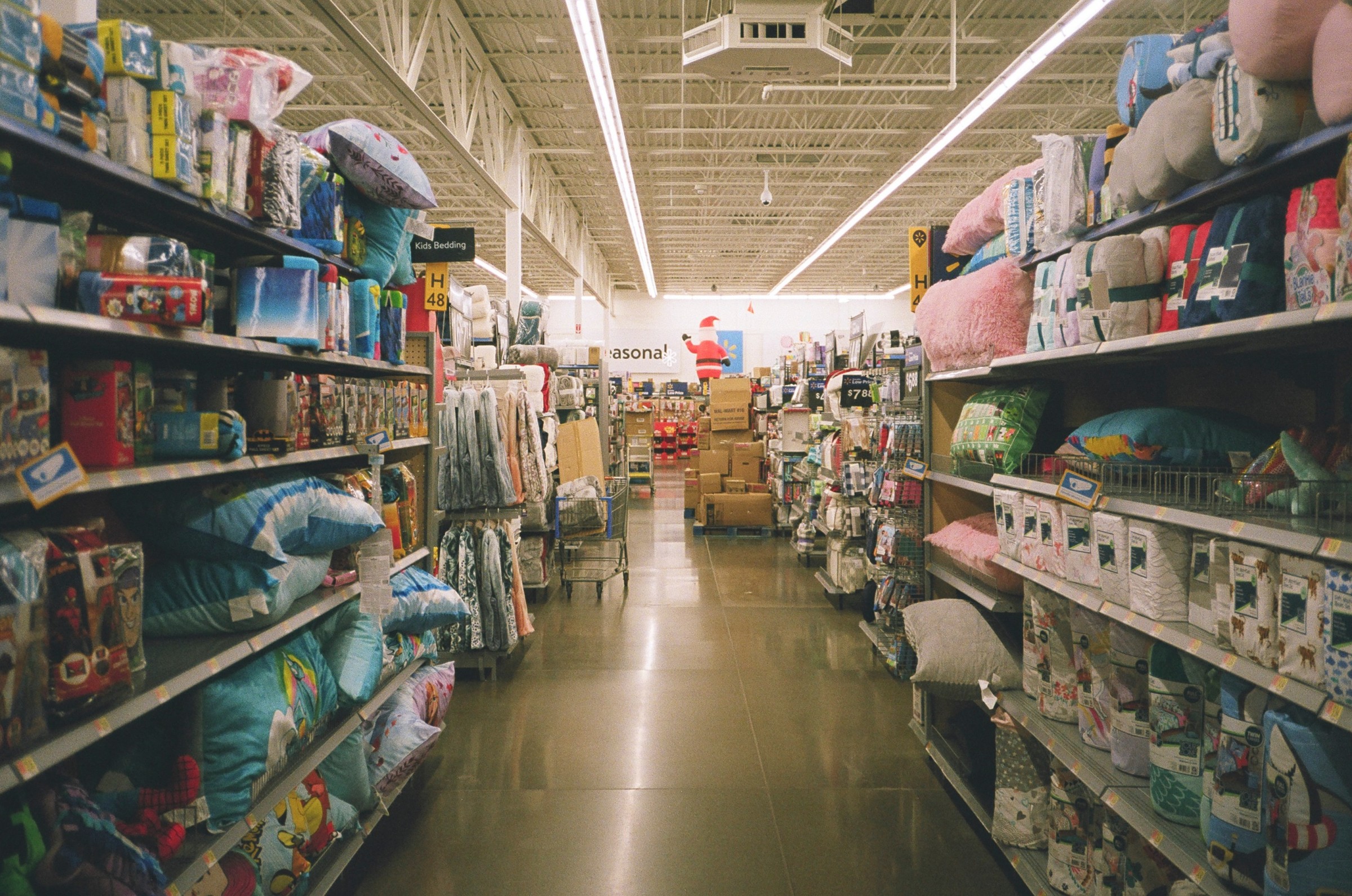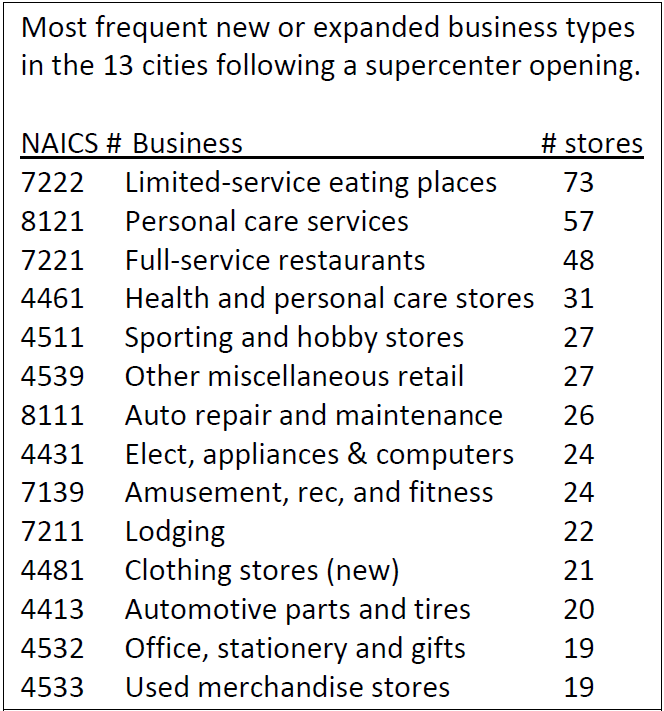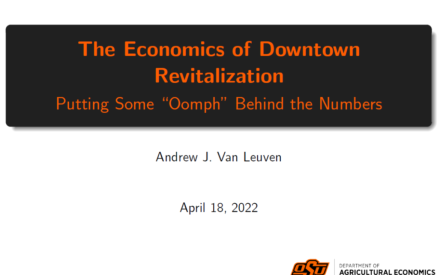(Image Source: Caique Morais / Unsplash)
June 2015 — The University of Minnesota Extension Center for Community Vitality recently studied the retail market of 13 Greater Minnesota cities where a Walmart Supercenter opened between 2000 and 2008. Their research explores which types of retail and consumer services businesses have coexisted with the retail giant, as identified by openings and expansions and retail sales tax records.
Interviews with local economic development professionals and data from the Minnesota Department of Revenue revealed the following:
- A wide variety of business types coexist with a supercenter. The 13 cities reported that more than 115 business types opened or expanded since the supercenter opened. (NAICS 4-digit level).
- Of the 779 total retail and consumer services businesses reported by the 13 cities to have opened or expanded, more than 17% (135) were eating or drinking establishments, and of this percentage, more than half were limited-service eating places.
- Business types providing personal services such as hair and nail care, spa treatments, and pet care comprised the second largest group of new or expanded businesses after a Walmart Supercenter opened.
- Gift shops, office supply stores, second-hand stores, antique shops, smoke shops, and pet supply stores made up the third-largest category of new or expanded businesses that follow a Supercenter.
- A number of the stores that offer health care products opened or expanded. As Walmart carries many of those same products, it appears that other pharmacies and health care options are competing in some other way – convenience, service, or perhaps product lines.
- There was greater growth in the number of eating and drinking establishments and in the total taxable sales from eating and drinking establishments in supercenter cities than there were in other Greater Minnesota cities on average.
- While the Minnesota retail economy experienced a downturn in taxable retail sales between 2004 and 2011, most cities in the study had sales declines that were less severe than the Greater Minnesota average. Five cities even grew their taxable sales.
- Information gathered indicated that studied cities gained strength as regional trade centers. Because these cities had steady markets during a retail downturn, it is likely that smaller cities around them lost sales. But having this larger trade area may also have contributed to openings or expansions for many other businesses in the community.
- Walmart Supercenters are classified in the NAICS retail business category as “general merchandise.” The study was able to examine six cities where the general merchandise sales could be segregated from the sales of other retail businesses. The study found total sales in other retail categories were more favorable in four of the six cities than the Greater Minnesota average.
- Sales tax information indicated that sales in traditional grocery stores fell when a supercenter opened, but city interviews found that new food and beverage stores did open or expand after Supercenter openings. Internet searches on these business names found that several of them specialized in food designed for healthy lifestyles and did not offer full-line groceries.
This study was not designed to answer the broad question of whether or not supercenters were good for these communities because it only discusses a few economic indicators. However, it does show that many business types are able to coexist with the Walmart Supercenters, and the expansion of the market area made a more stable business environment when compared to the average sales of Greater Minnesota. Many different business types coexist with supercenters and many offer goods and services not found at Walmart.
















 Rural Pharmacies an Overlooked Piece of the Rural Health Care System
Rural Pharmacies an Overlooked Piece of the Rural Health Care System The Economics of Downtown Revitalization: Putting Some “Oomph” Behind the Numbers
The Economics of Downtown Revitalization: Putting Some “Oomph” Behind the Numbers The Hotel Industry: Recovery and Future Development in Our Communities
The Hotel Industry: Recovery and Future Development in Our Communities Focus Group Analysis Tips
Focus Group Analysis Tips


